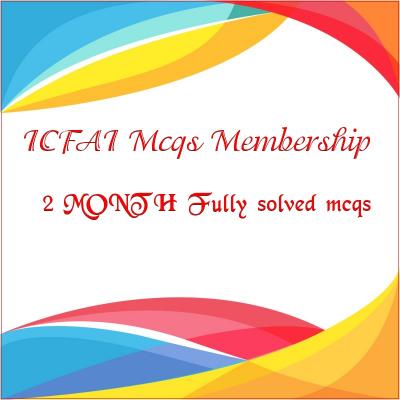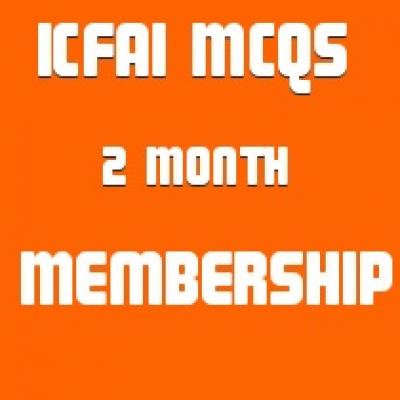Human Resource Management
Price:
Rs500
Human Resource Management SOLVED PAPERS AND GUESS
Product Details: osmania University Human Resource Management
Pub. Date: NEW EDITION APPLICABLE FOR Current EXAM
Publisher: MEHTA SOLUTIONS
Edition Description: 2021-22
RATING OF BOOK: EXCELLENT
ABOUT THE BOOK
FROM THE PUBLISHER
If you find yourself getting fed up and frustrated with other osmania University book solutions now mehta solutions brings top solutions for osmania university Human Resource Management contains previous year solved papers plus faculty important questions and answers specially for osmania University .questions and answers are specially design specially for osmania University students .
Please note: All products sold on mbabooksindia.com are brand new and 100% genuine
- Case studies solved
- New addition fully solved
- last 5 years solved papers with current year plus guess
FULLY SOLVED BOOK LASY 5 YEARS PAPERS SOLVED PLUS GUESS
HUMAN RESOURCE MANAGEMENT Unit 1Definition, Evolution, Objectives, Scope and Functions of HRM, HRM Typology, System, Strategy, and Matrix of HR – Stakeholders and Integrated Models of HRM – Line versus Staff – The changing Environment and Role of HRM, Competitive Challenges Influencing HRM – HRIS: Three Levels Comparison – Competency Framework for HR Professionals. Unit 2Job Analysis – Systems Exchange Model, Analysis and Mapping of Workflow, Job Characteristics Model, Job Design – Job Evaluation – Towers Perrin Model of Total Reward – Performance Appraisal – HR Planning – Gallagher HR Estimator – Cohort Analysis – Recruitment – Yield – Ratio Analysis – Process of Selection, Placement and Orientation, Training Methods – Kirkpatrick and Pecuniary Utility Models of Training – MDP. Unit 3Introduction to HRD – HR Accounting – Lev and Schwartz, Flamholtz and Hermanson’s Models – Audit, Research, Policies, Validity Generalization of HR – Career Planning – Greenhouse Career Development Model – Protean Career – Psychological Contract: Functions and Types – HR Utility Framework – Markov Employee Transition. Unit 4Dunlop’s IR Model – Organogram – QWL – QC – Grievance Management – Labor Turnover and Stability Indices – Worker’s Participation in Management – Bate’s Brand Wheel for Employer Brand – Employee Engagement Index – Employee Value Proposition - Absence Management – Brand Factor. Unit 5HR Outsourcing – HR Issues in Mergers and Acquisitions – HR Six-Sigma Process – HR Index – HR – ROI – Job Diagnostic Model – Emotional Intelligence and Competencies at Work – Work Life Integration – Introduction to International HRM, Global HRM, and Strategic HRM – HR Scorecard – Paradox Theory as a Lens of Theorizing for Sustainable HRM – Sustainable HRM Model - Paauwe’s – Paradox Framework for Sustainable HRM.1. Books by courier
2. Delivery in 5-7 days
3. Courier india only
4. Rating of product : largest selling







